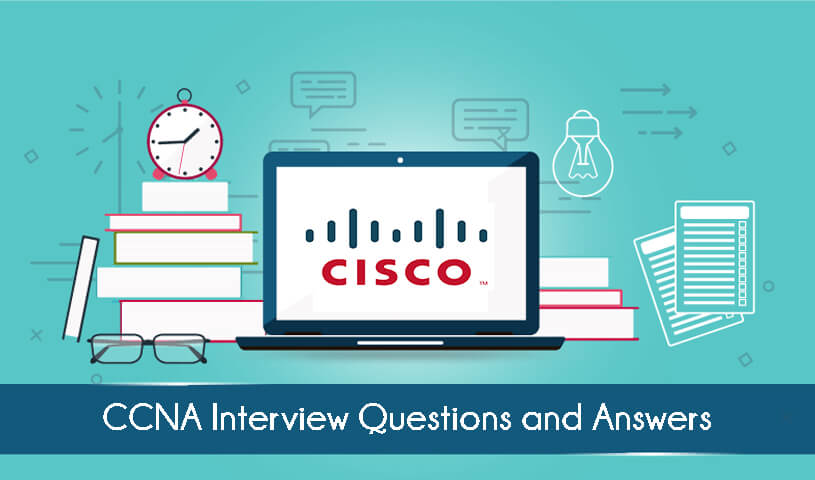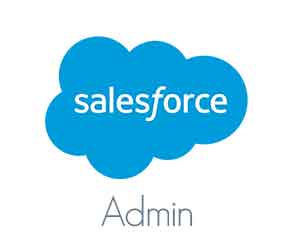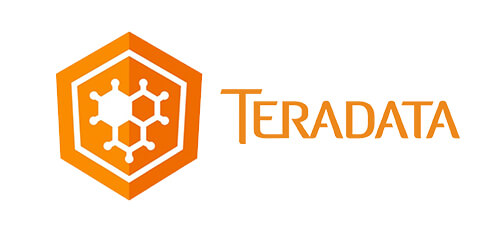
1. What is Routing?
The procedure of finding a path on which data can pass from source to target. Routing is done by a device called routers, which is a network layer devices.2. What is the purpose of the Data Link?
The purpose of Data Link layer is to verify messages are sent to the right device. Another function of this layer is framing3. What is the key advantage of using switches?
The key advantage of using the switches is, when a switch receives a signal, it forms a frame out of the bits that was extracted from that signal. With this action, it gains access and reads the destination address, after which it forwards that frame to the appropriate port. This is a well-organized means of data transmission, instead of broadcasting it on all ports.4. When does network congestion occur?
When too many users are trying to occupy the same bandwidth means network congestion can occurs. Mainly, it is true in big networks that do not resort to network segmentation.5. What is a Window in networking terms?
A Window refers to the number of segments that is permitted to be sent from source to destination before an acknowledgement is sent back.6. Explain the difference between half-duplex and full-duplex?
The different between half-duplex and full- duplex is, in Full duplex the communication can occur in both directions at the same time, but in half duplex the communication can occur in one direction at time.7. Which LAN switching method is used in CISCO Catalyst 5000?
This model uses the Store-and-forward switching method. It saves the entire frame to its buffers and performs a crc check before deciding whether to forward that dataframe or not.8. What are the different memories used in a CISCO router?
9. What is BootP?
A protocol that is used to boot diskless workstations that are linked to the network. Diskless workstations also use BootP in order to control its own IP address as well as the IP address of the server PC.10. What is the function of the Application Layer in networking?
The Application Layer supports the communication components of an application and provides network services to approach processes that span beyond the OSI reference model identification. It also synchronizes applications on the server and client.11. Explain what is EIGRP?
Enhanced Interior Gateway Routing Protocol is designed by Cisco Systems. It is used on a router to share routes with other routers within the same autonomous system. Unlike other routers RIP, EIGRP only sends related updates, reducing the workload on the router and the amount of data that needs to be relocated.12. Mention the conversion steps of data encapsulation?
Conversion steps of data encapsulation includesLayer one (Application), two (presentation) and Three (session) : Alphanumeric input from the user is transformed into Data




